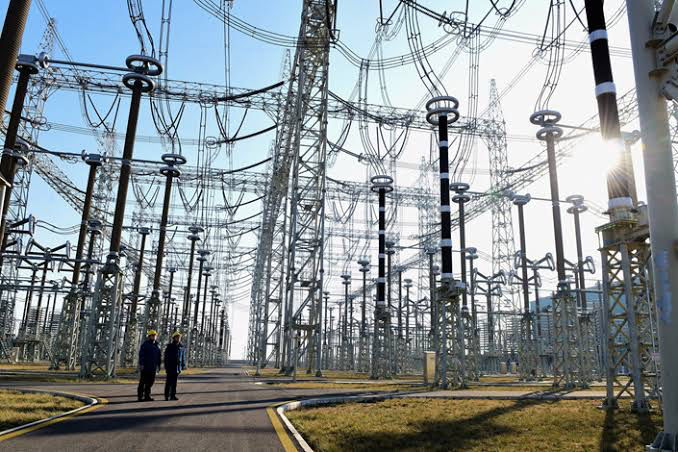South Africa is taking decisive steps to address its chronic electricity network constraints by planning to establish an independent transmission project office. This move aims to procure new grid capacity using a build, operate, and transfer (BOT) model, ultimately boosting the nation’s electricity infrastructure and helping to end load shedding, which has been plaguing the country’s economy for over a decade.
Electricity Minister Kgosientsho Ramokgopa recently highlighted the critical importance of expanding South Africa’s electricity networks during his Energy Action Plan briefing. Load shedding, a frequent occurrence, has hindered economic growth and development for nearly 14 years.
One of the key challenges facing the country is inadequate grid investment, which is currently restricting the ability of independent power producers (IPPs) to connect new generation projects. This limitation is particularly evident in the Eastern, Northern, and Western Cape provinces, where Eskom, the state-owned electricity utility, has indicated that there is no more connection capacity available.
Eskom has proposed potential solutions, including a new curtailment framework and a gated approach to releasing capacity for public and private procurement cycles. However, these proposals were not finalized by December 14, when the Independent Power Producer (IPP) Office released requests for proposals for 5,000 MW of new renewable energy, 2,000 MW of gas-to-power projects, and 615 MW/2,460 MW of battery storage.
Minister Ramokgopa anticipates that grid constraints will persist in current and future procurement programs unless new powerlines and substations are added at a pace that exceeds Eskom’s current Transmission Development Plan (TDP).
The delayed investment profile outlined in the TDP has been heavily criticized by local industry players. They argue that the delay hinders their ability to make necessary investments in manufacturing and skills development required to participate in the later phases of grid expenditure.
To address these challenges, South Africa is planning to establish an independent transmission project office, which will be responsible for accelerating grid investment through private finance, contractors, and operators. The office is likely to be located within either the Development Bank of Southern Africa (DBSA) or the Industrial Development Corporation (IDC).
Minister Ramokgopa expressed his intention to collaborate with the new board of the National Transmission Company of South Africa (NTCSA) to ensure alignment between the government and the NTCSA in accelerating grid investment. The NTCSA is currently being separated from Eskom to create a level playing field for IPPs and Eskom, with operationalization expected once Eskom receives bondholder consent for its unbundling and establishment as an independent entity.
South Africa’s efforts to attract private investment into the grid have been well-received by potential investors, including those at the World Economic Forum in Davos, Switzerland, and European mission leaders in South Africa. The country is also exploring funding possibilities through governments supporting its Just Energy Transition Investment Plan.
Minister Ramokgopa emphasized the private sector’s eagerness to support independent transmission projects in South Africa. The focus now is on finalizing a procurement architecture that is attractive to investors while not adding to public financial burdens. The BOT model, which confirms that the grid remains a public asset and gets transferred back to the state, is under consideration.
Before final approval, the Cabinet aims to thoroughly discuss the BOT model with stakeholders, including the NTCSA, and assess the financial resources required to establish the procurement unit, which will be incubated within either the DBSA or the IDC.
The implementation of an independent transmission project office in South Africa represents a significant step towards resolving longstanding electricity network limitations and enhancing the country’s power infrastructure.



